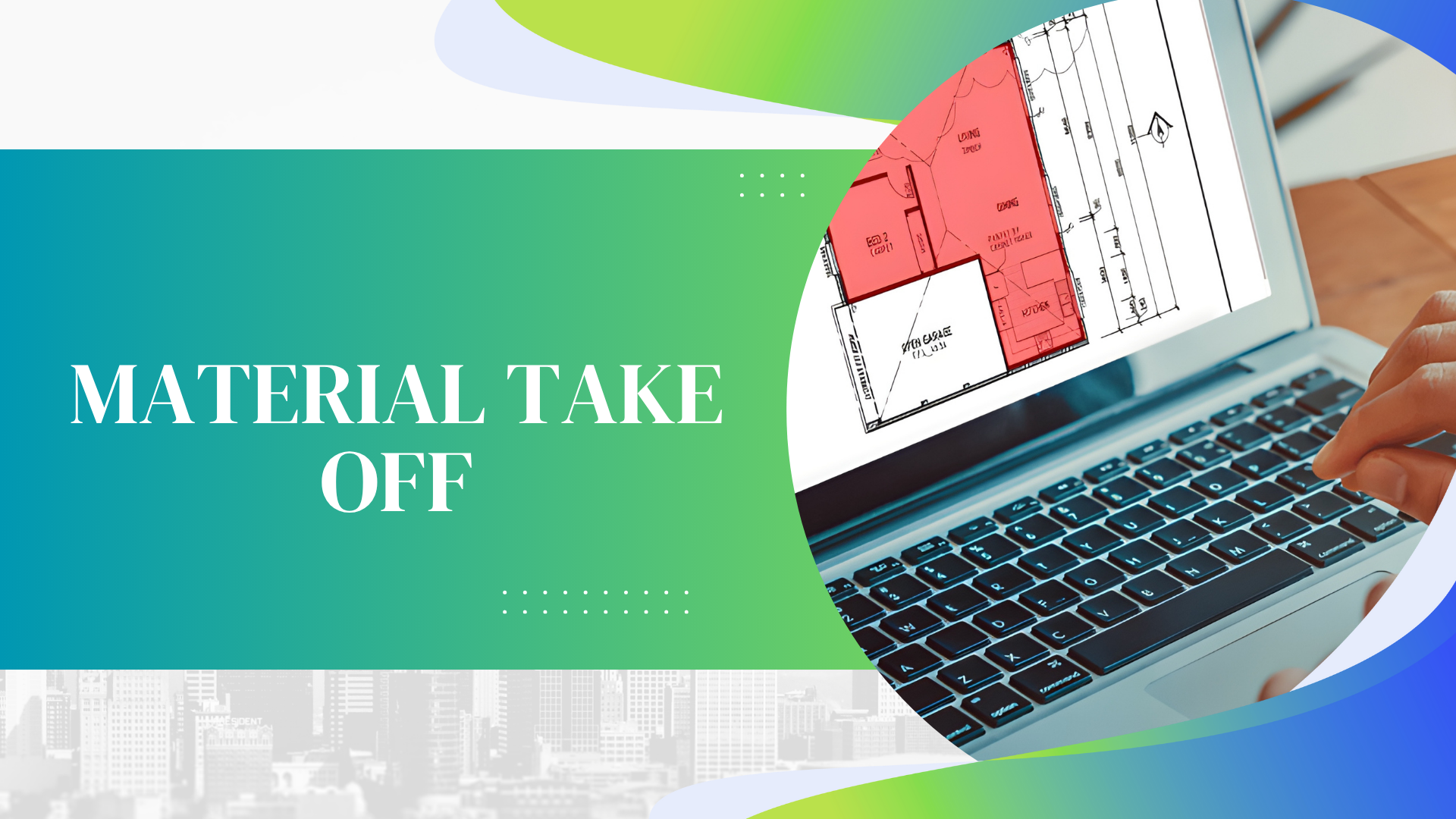Understanding Material Take Off: The Foundation of Accurate Construction Estimation

In the world of construction and engineering, precision is everything. From initial design to project completion, every stage demands accuracy to ensure efficiency, cost control, and timely delivery. One of the most crucial steps in this process is the Material Take Off (MTO) — a detailed breakdown of all materials required to execute a construction project. Without an accurate MTO, projects can easily face budget overruns, material shortages, or even delays that can disrupt the entire workflow.
What is a Material Take Off?
A Material Take Off refers to the process of quantifying every material needed to complete a construction or engineering project. It involves analyzing project drawings, blueprints, and technical specifications to list all components — such as concrete, steel, piping, cables, fittings, insulation, and other building materials. Each material is identified, measured, and listed along with its quantity, description, and unit of measure.
Essentially, a Material Take Off acts as a bridge between design and procurement, translating complex drawings into actionable data for cost estimation and purchasing.
Why is Material Take Off Important?
The accuracy of a Material Take Off directly influences the overall success of a project. A small error in calculations or missing items can lead to significant cost variations later. Here’s why MTO is indispensable:
1. Accurate Cost Estimation – By knowing exactly what materials are required and in what quantities, project estimators can create a precise budget and avoid over-ordering or shortages.
2. Efficient Procurement Planning – Material Take Off helps procurement teams source the right materials at the right time, preventing delays in construction schedules.
3. Reduced Waste and Environmental Impact – Accurate MTO minimizes material wastage, promoting sustainability and cost savings.
4. Improved Project Management – It provides clarity to all stakeholders, helping engineers, contractors, and suppliers stay aligned on project requirements.
Steps Involved in Material Take Off
Performing an accurate MTO requires both technical knowledge and attention to detail. Here are the key steps involved:
1. Reviewing Drawings and Specifications – Engineers and estimators carefully analyze project blueprints to identify every component and material.
2. Measurement and Quantification – Each item is measured using standard units such as meters, kilograms, or cubic meters, depending on its type.
3. Item Classification – Materials are categorized into groups like structural, piping, electrical, or finishing materials to simplify estimation and procurement.
4. Listing and Documentation – A detailed list (often called a Bill of Materials) is prepared, including descriptions, quantities, and codes.
5. Verification and Cross-Checking – The list is reviewed by engineers or project managers to ensure no items are missed or miscalculated.
Digital Tools and Software for Material Take Off
In today’s technology-driven construction landscape, manual MTO processes are being replaced by digital takeoff software. Tools like Bluebeam, PlanSwift, AutoCAD, and Revit streamline the process by automating calculations and improving accuracy. These digital solutions reduce human error and allow easy updates when design modifications occur — saving valuable time and resources.
Who Performs Material Take Off?
Material Take Offs are typically carried out by quantity surveyors, estimators, or engineers. Their expertise in reading technical drawings and applying industry standards ensures the accuracy and reliability of the takeoff data.
Conclusion
A well-prepared Material Take Off is more than just a list — it’s the backbone of cost estimation and project planning. Whether you’re building residential complexes, industrial plants, or infrastructure projects, precise material quantification ensures smooth execution from start to finish.
By investing time and attention into your MTO process, you can enhance efficiency, reduce costs, and ensure your construction projects are delivered on time and within budget. In short, Material Take Off isn’t just a technical step — it’s a strategic tool that drives project success.
- AI
- Vitamins
- Health
- Admin/office jobs
- News
- Art
- Causes
- Crafts
- Dance
- Drinks
- Film
- Fitness
- Food
- Jeux
- Gardening
- Health
- Domicile
- Literature
- Music
- Networking
- Autre
- Party
- Religion
- Shopping
- Sports
- Theater
- Wellness


